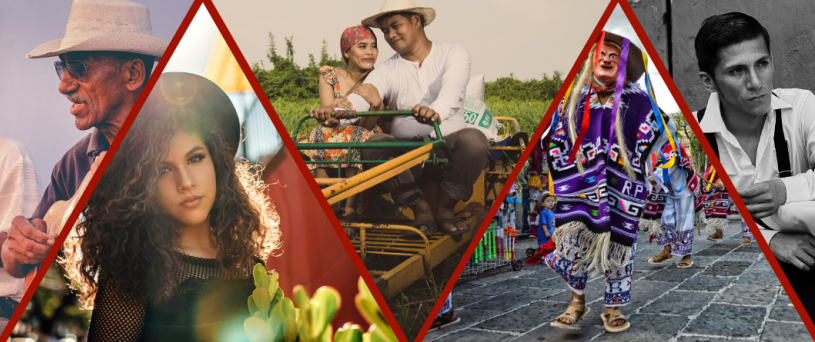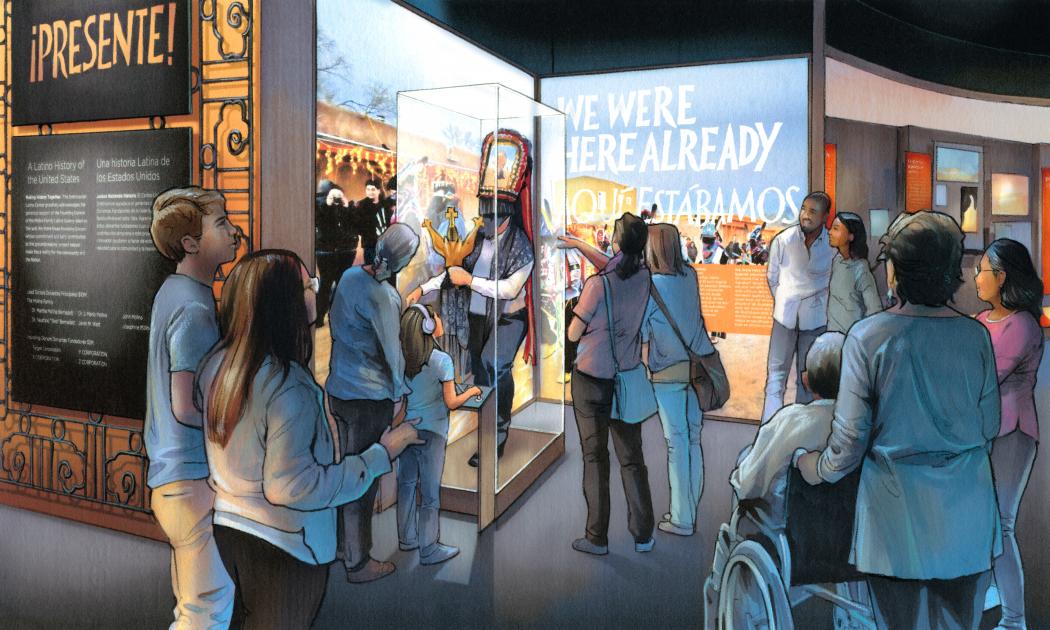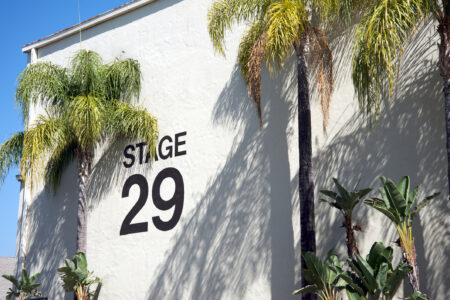
Share On Social!
On July 27, 2020, the U.S. House unanimously approved a bill authorizing the Smithsonian Institution to build a National American Latino Museum.
Introduced by New York Representative José Serrano and co-sponsored by 295 democrats and republicans, the museum will join 11 other Smithsonian museums along the National Mall in Washington D.C., such as the National Museum of African American History and Culture and the National Museum of the American Indian.
A companion bill for the Latino museum was introduced in the Senate in May 2019.
“Spanish was the first non-native language to be spoken in the United States,” said Texas Democratic Rep. and chairman of the Congressional Hispanic Caucus Joaquin Castro, according to The Texan. “Latinos have fought in every U.S. war. Food and music from Latin America are enjoyed in every American city. The Latino story is an American story, and our history is a central thread in the history of our nation.”
UPDATE 10/27/22: The Smithsonian Board of Regents on Oct. 27, 2022, announced two optimal sites in Washington, D.C., for the National Museum of the American Latino and the American Women’s History Museum.
One site is on the National Mall, and the other is on land bordered by Raoul Wallenberg Place S.W., Maine Avenue S.W., and Independence Avenue S.W.
President Joe Biden recently affirmed his support for the building of the National Museum of the American Latino on the National Mall.
“Congress should take action to honor the Latino community and women with their own museums on the National Mall. It’s time,” Biden said in his remarks during a Hispanic Heritage Month reception.
The announcement also comes after all 36 Members of the Congressional Hispanic Caucus (CHC) sent a letter to President Biden urging him to publicly support the museum.
“The Congressional Hispanic Caucus applauds the Smithsonian Board of Regents for affirming that the National Museum of the American Latino rightfully deserves a place on the National Mall. Today’s announcement demonstrates a strong commitment to honor and celebrate the Latino community’s stories as an essential piece of American history,” said CHC Chair, Dr. Raul Ruiz in a press release.
26-Year Push for a National American Latino Museum
The idea for a museum dedicated to the history of Latinos in America goes back to the 1990s.
The National Council of La Raza, now known as Unidos US, chaired a Task Force on Latino issues. They released a report, Willful Neglect, in 1994 revealing that Latinos are the most underrepresented in staff, leadership, exhibits, and collections across all of the Smithsonian museums.
The task force found that, as of April 1994, not one Latino had served among the 274 people appointed to the Institution’s Board of Regents.
“The failure of the Smithsonian to reflect and represent [Latinx] contributions is twice damaging,” the report states. “It denies Latinos their right to feel recognized and valued as part of their country’s heritage. At the same time, it perpetuates among the general population the inaccurate belief that Latinos contributed little to our country’s development of culture, rather than reflecting the multicultural history and accomplishments of the United States.”
The report detailed 10 critical actions for the Smithsonian to equitably include Latinos throughout the Institution’s facilities and programs, to include: seeking Latinos for governance and advisory bodies, as well as for employment in various senior, management, curator, and other staff positions; assessing and assuring a Latino presence in collections, exhibitions, acquisitions, and research; and reviewing and requiring funding for Latino initiatives.
Three years later, leaders created the Smithsonian Latino Center to ensure “that the contributions of the Latino community in the arts, history, national culture and scientific achievement are explored, presented, celebrated and preserved.”

Another critical action in the report was to do the groundwork needed to assure the establishment of one or more museums portraying the historical, cultural, and artistic achievements of U.S. Latinos.
In 2003, advocates in Congress began pushing for this museum.
In 2008, during the President George W. Bush administration, a commission studied the potential creation of the museum. Following the commission’s report in 2011, the first bill to establish the museum was introduced.
The National Museum of African American History and Culture launched through a similar legislative process in 2003, thanks to the late Georgia Congressman and civil rights champion John Lewis.
“For over 500 years, the Latino community has been instrumental in the building, shaping and defending of our great nation,” said Danny Vargas, chairman of the Friends of the American Latino Museum. “The time has come to commemorate those contributions in a national museum that will illuminate the American story for the benefit of everyone and serve to inspire future generations.”
New Progress for a National American Latino Museum
In July 2020, the House passed the bill for a National American Latino Museum.
“To fully understand American history, we need a museum for the American Latino and Latina,” said Texas Republican Rep. Will Hurd, according to a C-SPAN transcript of the July 27 House session.
However, the companion bill, introduced by New Jersey Democrat Bob Menendez and Texas Republican John Cornyn, has been sitting in the Senate for over a year.
“With support from Senators John Cornyn (R-TX) and Bob Menendez (D-NJ), we call on senators from both sides of the aisle to join us in making history,” said Estuardo Rodriguez, President and CEO of Friends of the National Museum of the American Latino. “Today, we have the highest number of bipartisan co-sponsors since our efforts began in 1994, with 295 in the House and 29 in the Senate. We are grateful to all the partners and allies who helped bring us a step closer to making the American Latino museum a reality, and now seek the leadership of the Senate to get us over the finish line.”
You can urge your U.S. Senators to support a National American Latino Museum.
Use the tab “Find Your Senators” here for their contact information.
“With growing support from Members of Congress and the American public, the time to act is now,” Rodriguez said.
Explore More:
Overcoming Harmful BiasesBy The Numbers
3
Big Excuses
people use to justify discriminatory behavior



